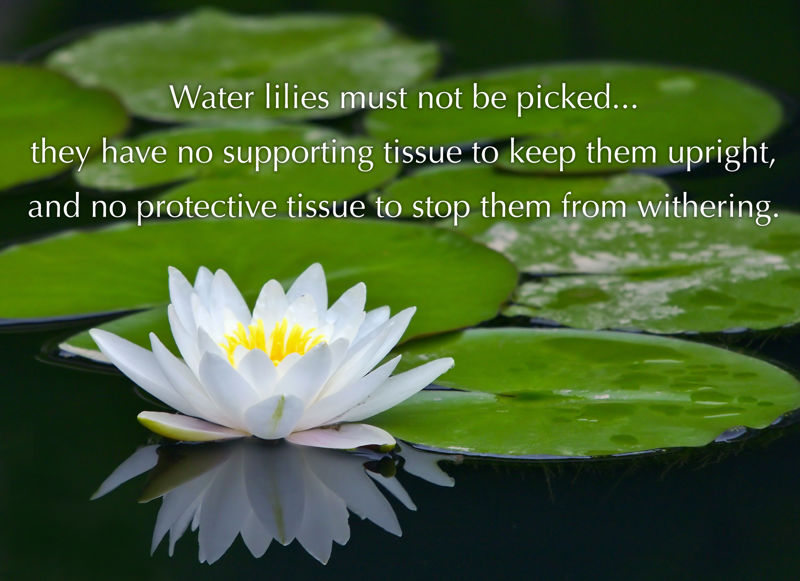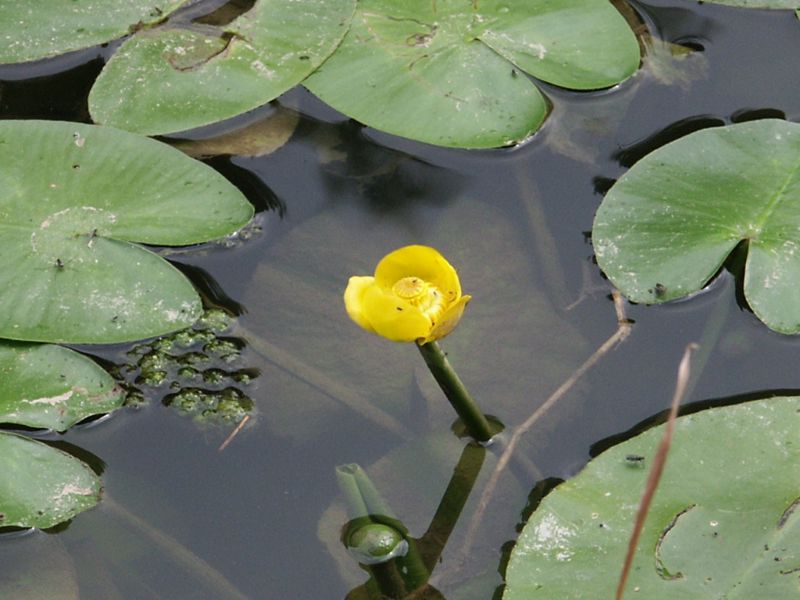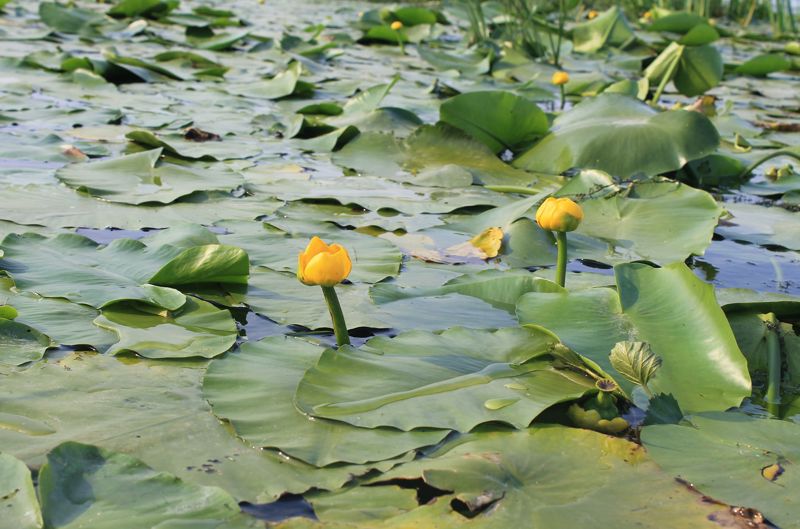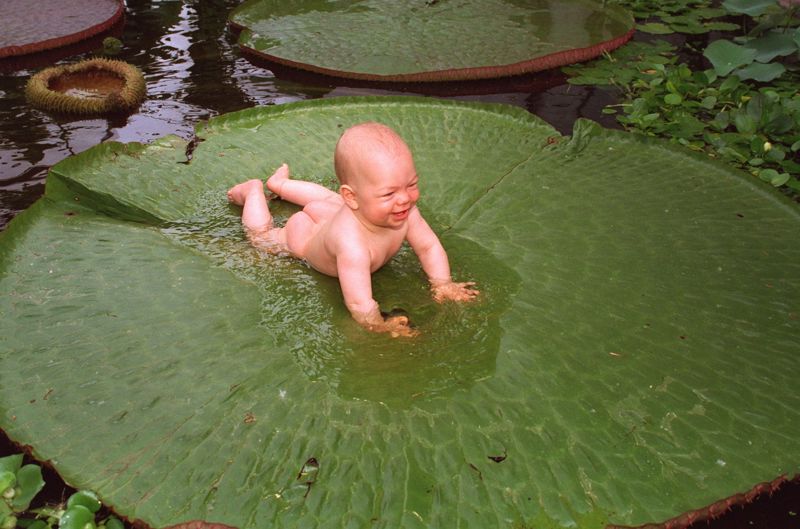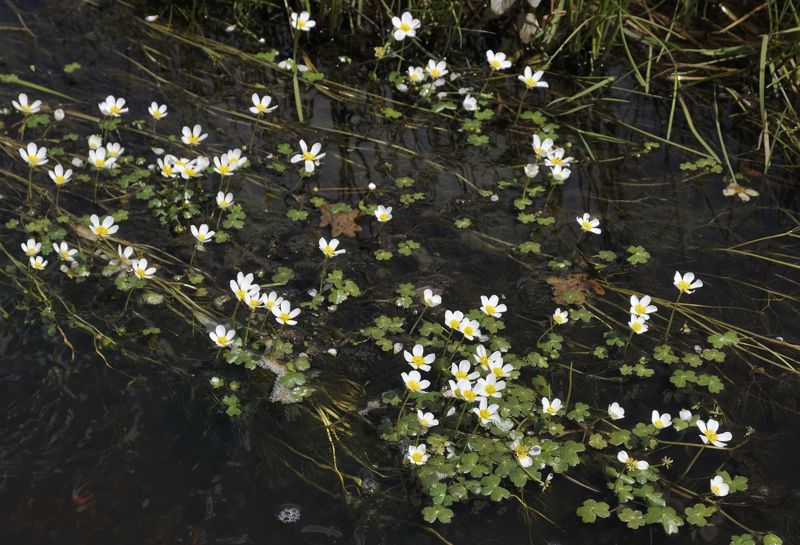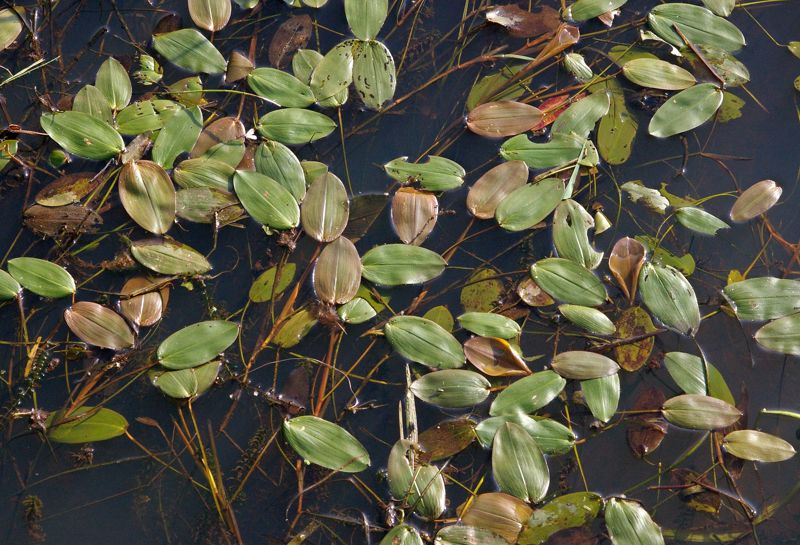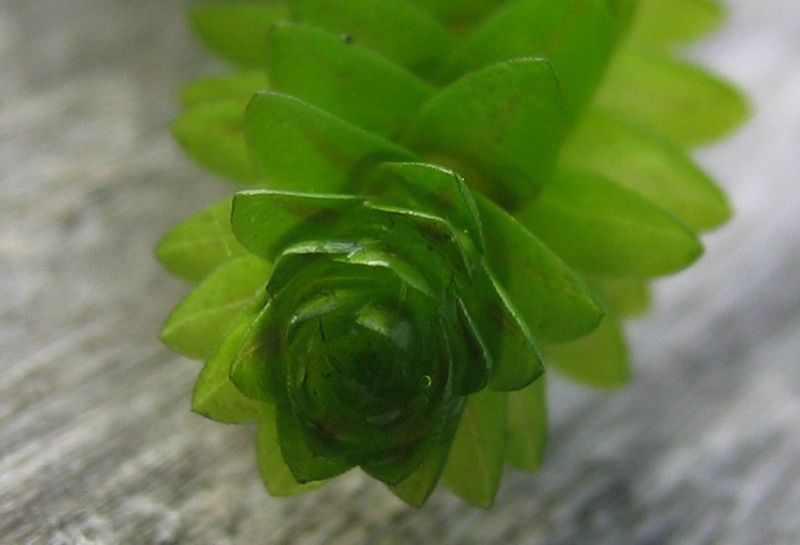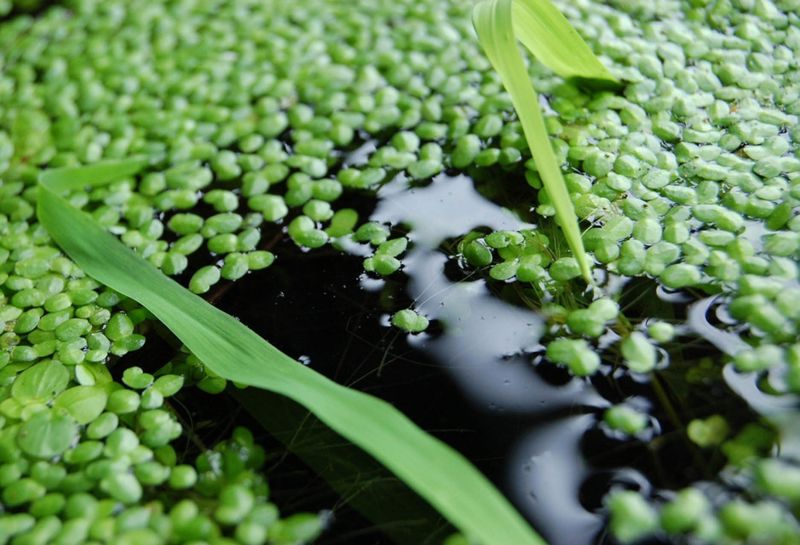- Why doesn't it make sense to pick water lilies?
- What keeps aquatic plants upright?
- What are the leaves of aquatic plants like?
Aquatic plants differ from terrestrial plants in many ways
Who wouldn't want to put the beautiful white or yellow water lily in a vase? However, one must not do this, as water lilies and many other aquatic plants wither as soon as they are taken out of the water. Why is it like that?
Just like on dry land, a variety of plants grow in the water. They grow both deep in the water and close to the shore. Some aquatic plants have leaves that float on water or reach high above the water surface. In some, the leaves grow underwater. Aquatic plants do not have strong and rigid stems like terrestrial plants because they have no need for supporting tissue.
All parts of the plant need oxygen to breathe. However, there is little oxygen in the water. Therefore, there are many air cavities in the stems of aquatic plants with floating leaves, through which the air also reaches the stems and roots of the plants. The air in the cavities also keeps many aquatic plants upright.
On the surface of the leaves of terrestrial plants, the cells are densely packed together so that the water does not evaporate too quickly. The underwater parts of aquatic plants have no such protective tissue. As a result, aquatic plants can very easily receive water and the nutrients, oxygen and carbon dioxide dissolved in water through their stems and thin leaves. Due to the lack of protective tissue, the plants taken out of the water wither quickly.
What are the leaves of aquatic plants like?
The leaves floating on the water surface are usually round, and the leaves submerged in the water are narrow.
The leaves of the white water lily and the yellow water lily float on the surface of the water like rafts on which frogs can warm their bodies.
Some plants are completely submerged underwater. Their leaves are usually narrow in order to not break in moving water. They can survive both rapid water flow and storms. Many river plants have long and narrow leaves. You can see narrow branches and leaves on the thread-leaved water-crowfoot, which grows almost entirely submerged in water, but their small white flowers protrude from the water.
Some aquatic plants have both submerged and emergent leaves that usually have different shapes. The submerged leaves of the broad-leaved pondweed are long and fine like stems, while the emergent leaves are egg-shaped.
The Canadian waterweed has entered European waters. Waterweed has small elongated leaves. This plant may either attach to the bottom of the body of water or float freely. The branching stems of the waterweed live and grow very successfully, even when floating freely in the water. The plant gets its name from the fact that it grows easily from a small piece of stem and spreads quickly like a weed. It is now considered an invasive species in many places in Europe.
Some plants, such as the common duckweed, never attach to the bottom. The leaves of duckweed look like tiny green dots floating on the water. Sometimes, they can cover the whole smaller pond as a carpet.
Think!
- What would happen in a fast-flowing river if the submerged leaves of plants were as wide as those of a water lily?
I now know that…
Aquatic plants do not have as strong and rigid stems as terrestrial plants. Aquatic plants have no protective tissue, and therefore wither quickly when taken out of the water. The leaves of aquatic plants have very different shapes.
